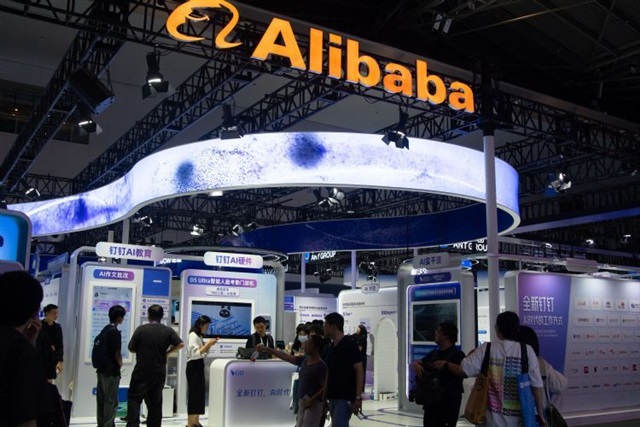Silicon Valley startups turn to Chinese AI models amid performance and cost benefits
Length: • 2 mins
Annotated by Robert
Some content could not be imported from the original document. View content ↗

Several Silicon Valley startups and venture capitalists are increasingly adopting Chinese artificial intelligence (AI) models for their products and services, citing practical advantages such as affordability, speed, and effectiveness. This shift marks a subtle realignment in the US-China AI competition, as Chinese open-source models gain traction among American technology firms.
According to Bloomberg, some prominent entrepreneurs and investors in Silicon Valley have begun replacing domestic AI models with Chinese alternatives. Venture capitalist Chamath Palihapitiya revealed on a podcast that a company collaborating with his firm has transitioned to using Moonshot AI's Kimi K2 model. Airbnb CEO Brian Chesky noted that its customer service assistant relies on more than 10 AI models, with the Alibaba Group's Qwen series playing a dominant role. Additionally, Thinking Machines Lab, a startup founded by former OpenAI CTO Mira Murati, acknowledged Alibaba's Qwen3 team as an inspiration in its technical documentation.
Downloads of Chinese AI models surpass US counterparts
Alibaba's Qwen models have demonstrated significant popularity in downloads, surpassing their US counterparts. Data from the Hugging Face platform, compiled by the US-based open-source alliance ATOM Project, showed that downloads of Chinese AI models overtook those of American ones in 2025. Specifically, Alibaba's Qwen series reached 385 million downloads, surpassing Meta Platforms Inc.'s Llama model, which recorded 346 million downloads. Furthermore, over 40% of new language models released recently are based on the Qwen architecture, underscoring the growing influence of Chinese AI technology.
Industry leaders acknowledge China's competitive edge
This trend has been noted by industry figures, including Nvidia Corporation CEO Jensen Huang. In an interview with the Financial Times, Huang acknowledged China's potential to win the AI race, though he later tempered his remarks by saying China lags behind the US by only a negligible margin measured in nanoseconds. Huang's nuanced position contrasts with more confrontational views and reflects a pragmatic assessment of China's capabilities.
In July 2025, Huang spoke at the Special Competitive Studies Project think tank, describing China as a formidable competitor but not an adversary. He highlighted China's extensive AI developer community as a crucial factor driving advancements in the field. Huang advocated for the US to actively engage Chinese developers by encouraging them to adopt American technology platforms, aiming to position US architectures as the dominant global AI standards. This approach reflects an emphasis on collaboration and market influence rather than strict decoupling.
The shifting preferences of Silicon Valley startups toward Chinese AI models underscore evolving market dynamics and competitive strategies in the global AI arena. While geopolitical tensions remain, the practical considerations related to performance, cost, and open access appear increasingly influential in shaping technology adoption and development.
Article edited by Jerry Chen


